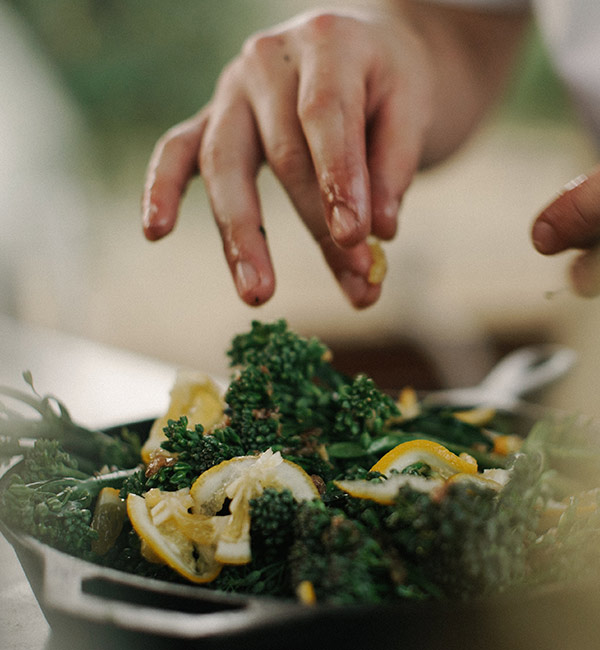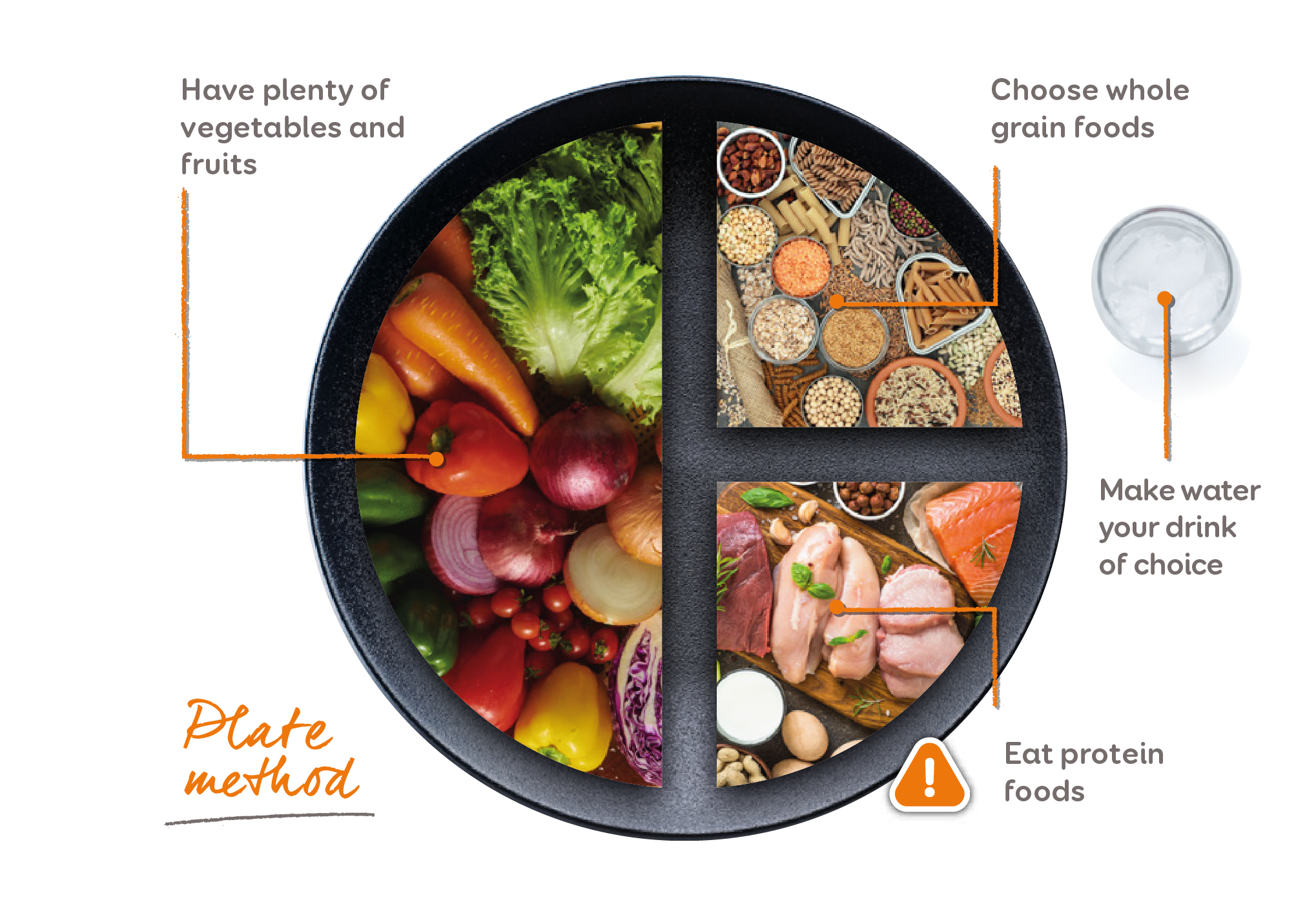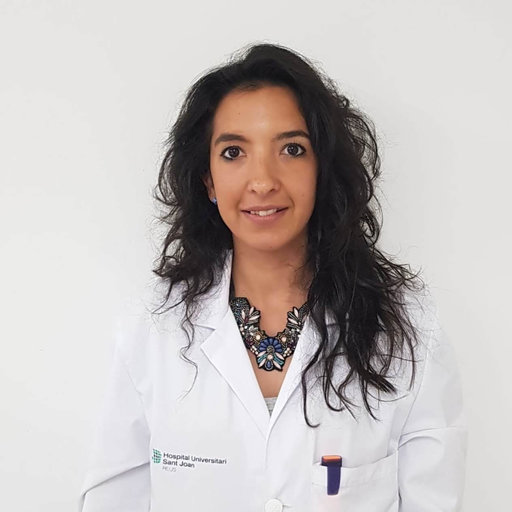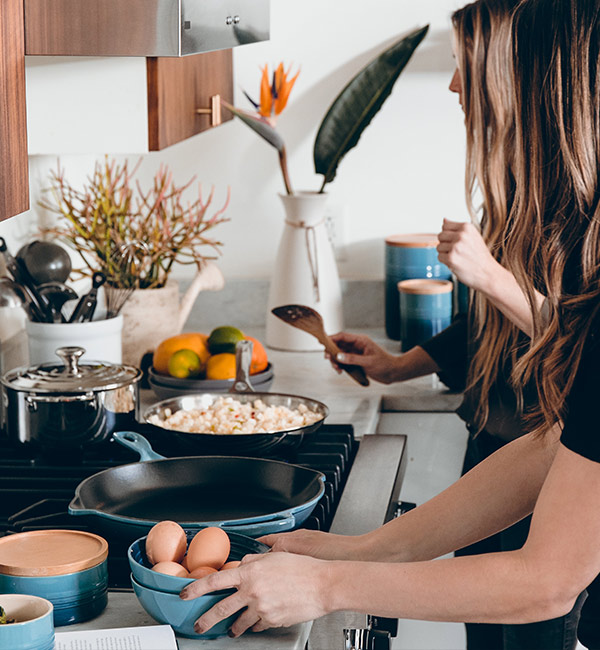What is a low lipid diet?

A low-lipid diet involves limiting your intake of foods that are high in fat. Foods containing unhealthy saturated fats should be limited (e.g. pastries, biscuits, ready meals, fast food, cold cuts and red meat) and care should also be taken to avoiding eating too many foods that contain healthy unsaturated fats (e.g. oils, olives, avocado, dried fruit/nuts and oily fish). A healthy diet that is low in saturated fat should have a focus on wholegrain products, vegetables, fruit and fish [1].
One way of following a healthy diet is to use the plate method:

Fortunately, many foods are naturally fat-free or low in fat. A little bit of knowledge can help you choose the correct foods and follow a low-fat diet A healthy diet that is low in saturated fat should have a focus on wholegrain products, vegetables, fruit and fish [1].
Here are some recommendations for following a low-fat diet:
- Eat plenty of fresh fruit and vegetables, as these are low in fat and contain lots of vitamins and minerals. They are also high in fibre and can help reduce cholesterol. Eating seasonal fruit and vegetables should be encouraged. You can eat all kinds of fruit and vegetables except avocado, olives and coconut, which are high in fat.
- Include pulses in your diet; these are an excellent food for reducing lipids. As well as being highly versatile in cooking, they are very high in fibre, protein, vitamins and minerals.
- Choose wholegrain cereals, as these contain more fibre and will help to keep your energy levels up throughout the day and control blood lipids.
- Meat and fish are important sources of protein and Eat white fish, chicken, turkey and rabbit rather than red and processed meats which are high in saturated fats. Remove the skin and fat from the meat before cooking. Avoid processed meats as these usually contain more fat. If you want to have hamburgers or meatballs, use lean meat and mince it yourself so they have less fat rather than buying them.
- Eggs can be eaten 2–3 times per week but they should be scrambled, baked, boiled or used in an omelette and not fried.
- Choose low-fat dairy products.
- Make water the drink of choice.
- You should avoid processed foods (e.g. soft drinks, pastries, sweets, biscuits, sauces and ready meals) that are high in fat and sugar and may contain trans fats, which can increase cholesterol levels in the blood.
The way in which you cook your food is also important. Cooking without oil is not really a problem, as there are many healthy alternatives to frying and roasting, such as baking, microwaving, grilling, steaming, poaching and sautéing.
Sauté (vegetables, meat, pulses and fish)
- Heat a vegetable broth in a frying pan
- When the broth starts to boil, add the vegetables
- Cover if necessary
- Cook until the vegetables are al dente
Steam (vegetables, pulses and fish)
- Fill the bottom of the steamer with 3 cm of water and bring to the boil
- Add ingredients
- Cover the steamer and cook
Poach (vegetables and fish)
- Add 3 cm of cold water to a frying pan
- Add the vegetables and cook for about 5 minutes
- Place the fish fillets over the vegetables and cover them
- Cook until the fish is fully cooked
Grill (vegetables, meat and fish)
- Place a stainless-steel frying pan under a high-temperature grill
- When the frying pan is very hot, after about 10 minutes, add the meat or fish and cook
Barbecue (vegetables, meat and fish)
- Place on a hot barbecue and cook well
- Fat-free sauces, as well as spices and herb marinades, make the food taste great
References
- Mach F, Baigent C, Catapano AL, et al. 2019 ESC/EAS Guidelines for the management of dyslipidaemias: lipid modification to reduce cardiovascular risk. Eur Heart J. 2020;41:111–88.

Cèlia Rodríguez-Borjabad
Written by Cèlia Rodríguez-Borjabad a Registered Dietitian Nutritionist at Vascular Medicine and Metabolism Unit. University Hospital "Sant Joan". Rovira i Virgili University. IISPV. CIBERDEM. Reus (Spain)



